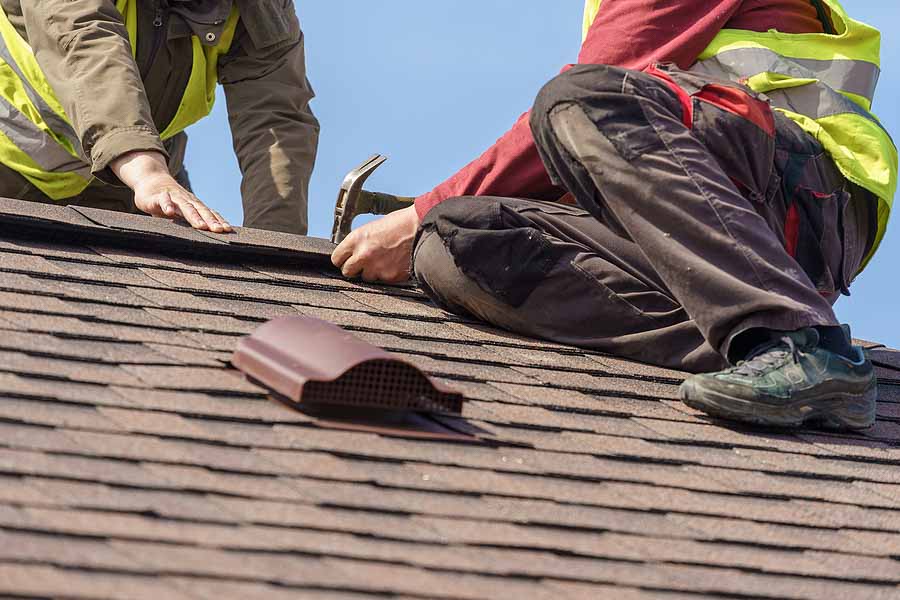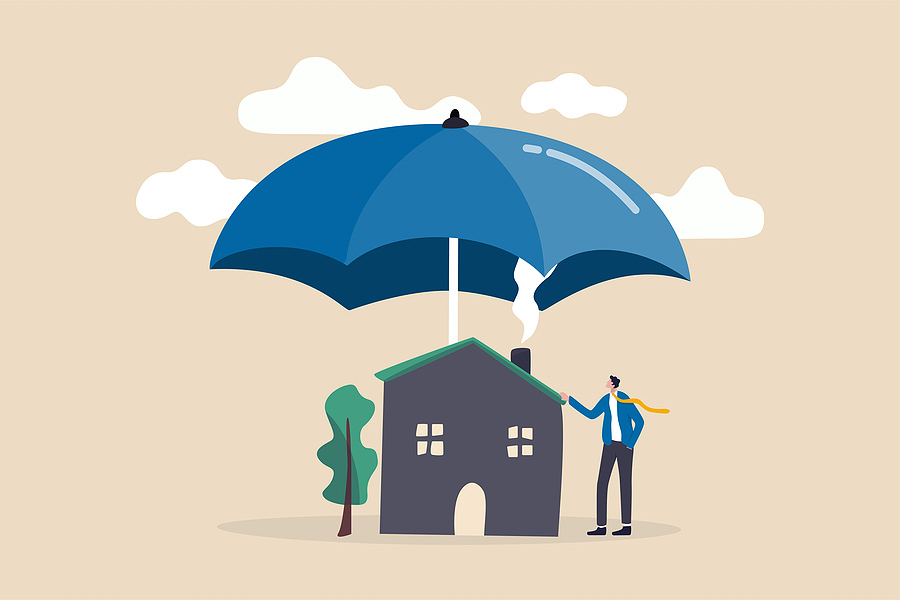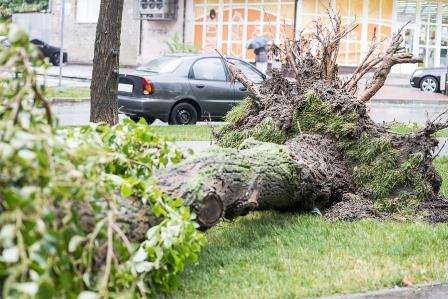Storm Damage Restoration & Contractors

While summer is coming to an end and fall is approaching, storms aren’t over. The best time to form a plan to repair storm damage is before the storm hits. Having a relationship with a roofing contractor prior to any damage will actually speed up the process and ensure that your damages are repaired, even those that aren’t visible from the ground. Research roofing companies in the area to make sure you’re hiring a company who has experience, preferably with HOAs. Ask to see their licensing, prior work, and referrals from past clients. Once you’ve selected your contractor, schedule a storm inspection to form that relationship and to be aware of the current state of your property. Many contractors offer a monitoring service so that when a storm affects the area, they’ll come out to assess the buildings or homes for damage. This also means that repairs will get done quicker than if you were to contact a company after damages have occurred. Timely repairs can also save you money from further issues like water damage. If water enters homes and buildings and isn’t repaired before the next time it rains, you’ll be needing further services like mold inspections and remediation. Not sure who to hire? Check out our preferred vendor Atlas Restoration & Construction: https://atlasmn.com/
Loss Assessments

In the Midwest, we’re all too familiar with summer storms and the damage they can cause to houses and buildings. HOA reserve funds are available for unexpected damages or emergencies, but using them could cause the association to be short on funds for future projects and non-insurance related repairs. Understanding how your insurance policies work can make claims and repairs a much smoother process. With heavier storms, sometimes the master policy isn’t enough to cover damages. Unit owners may need to help pay for repairs for damages to shared buildings, such as shingles being torn off a condo roof. The master policy can only pay up to coverage limits, so it’s up to the homeowners to pay the rest. The amount owed is assessed by the association, and as an owner, it is your responsibility to pay your share. However, needing to pay for community damages doesn’t mean you’re paying out of pocket. It’s a good idea as a homeowner to get Loss Assessment Insurance under your HO6 policy, if not already required. In addition to property damage, this coverage helps to pay for injuries on the premises, liabilities, and deductibles under the master policy. Homeowners who have appropriate coverage under their HO6 policy can submit a claim to their insurer. As a member of the HOA board, consider making it a requirement for owners to have loss assessment coverage to avoid any collection problems, as these assessment costs can often exceed $10,000 per unit. Boards should also work with their HOA management company to make sure that they are navigating these issues correctly. Insurance claims and loss assessments can seem confusing, but Sharper Management is here to help guide you through those difficult times.
Make a Plan Before Storm Damage Happens

Is your homeowners association prepared to face bad weather? With storm season approaching, it’s important to have a management plan in place before potential property damage happens. The old adage, “Hope for the best but prepare for the worst,” is good advice to follow during storm season in the Midwest. Before the storms roll in, make sure to get a spring roof inspection. Not only does this help build relationships with roofing and siding contractors, but it helps determine what the current status of your building is and makes it easier to identify issues related to inclement weather. Most contractors will conduct an inspection at no cost, so take advantage of the opportunity to ensure your building is adequately prepared. Looking for a contractor? Visit our Vendor Directory. Create an emergency preparedness plan. In the event of a severe storm, you need to have a protocol in place that can be executed at a moment’s notice. Be proactive and make sure residents are aware of the safety procedures and where to seek shelter. Different weather scenarios require different plans—so make sure you are prepared for lightning, heavy rain, and tornado threats. Ensure you have proper insurance. Check in with your insurance provider to fully understand what is—and what isn’t—covered under your current policy. Make adjustments as necessary. It may seem obvious, but many HOAs fail to stay adequately covered. Now is a great time to update your policy. Prepare property exteriors. Strong winds can cause trees and large limbs to fall, which can potentially result in damage or injury. Before storm season fully arrives, consider hiring a contractor to trim the branches. Maintenance is not an area to cut corners, especially during storm season. Stay vigilant. Always check for weather updates on your phone, and make sure to download any helpful apps that will keep you up-to-date in the event of inclement weather—don’t disable notifications.
